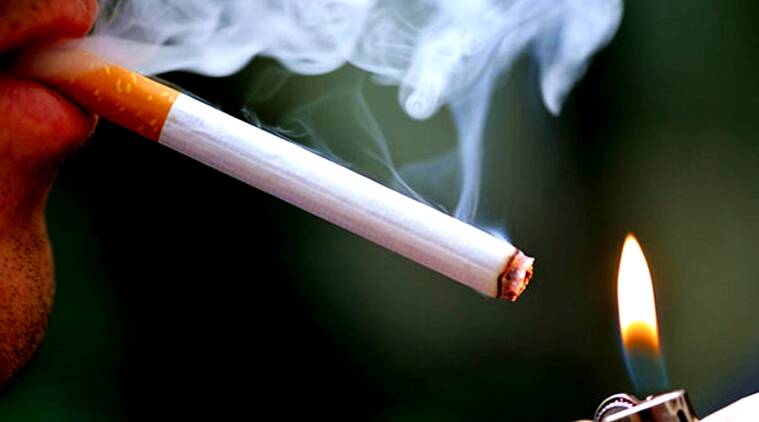Team L&M
Despite the World Health Organization’s recommended ban or restrictions on tobacco advertising, promotion and sponsorships (TAPS), and the fact that all forms are prohibited in India, tobacco companies indulge in widespread marketing of their products, particularly via online channels, which are less regulated than traditional media like radio and television.
But help is round the corner. Health organisation Vital Strategies has come up with a new digital tool, Tobacco Enforcement and Reporting Movement (TERM) that identifies tobacco marketing and provides data that strengthen efforts to protect kids and consumers through smart tobacco control policies. TERM regularly monitors and tracks tobacco marketing via online conversations, news, social media and media coverage.
Tobacco consumption causes grave health issues, but the tobacco industry spends millions of dollars on marketing to lure youth into tobacco consumption. In May 2021, over 850 instances of TAPS online were reported. Significantly, India already has over 267 million tobacco users. TERM’s unique monitoring and crowdsourcing features will enable governments and health authorities to identify the extent of tobacco marketing and take measured steps to respond to it.
“Tobacco kills nearly one in two users, but to this day advertising, promotion and sponsorship normalize tobacco. With the rise of social media and digital marketing, India’s youth have worryingly become a lucrative market for the tobacco industry,” says Vaishakhi Mallik, Associate Director, South Asia said, adding that TERM empowers the public to help counter industry efforts and protect youth by calling out illicit or predatory marketing. “For the first time, government agencies and civil society will get actionable insights of surrogate advertisements and other tobacco promotions, giving them a novel data source to track TAPS instances and hold the industry accountable,” she adds.
TERM has two objectives—enabling the public to be aware of tobacco companies’ marketing and promotional tactics and also report such instances through the ongoing Facebook campaign. The platform also equips governments with information that highlights the tobacco industry’s marketing tactics that hamper tobacco control efforts as well as information to enforce TAPS compliance.
Congratulating Vital Strategies for TERM, Dr Rana J Singh, Deputy Regional Director, International Union Against Tuberculosis and Lung Disease, says, “TERM data will allow us and many of our partners to examine loopholes that are being exploited and manipulated by the tobacco industry. This, in turn, will support our efforts to strengthen and enforce tobacco control measures, helping policy implementers with evidence-based proof of surrogate and indirect advertising. Such evidence lends credibility to tobacco control programs, which can then enable policy action, stakeholder involvement, and greater enforcement towards a tobacco free India.”
TERM was initially launched as a Facebook campaign page in 2019, but has now expanded into a digital crowdsourcing tool with situational reports. These reports categorize instances of tobacco marketing according to their volume, the state in which they occur, message content, and the channel.
TRENDS OBSERVED SINCE BETWEEN JANUARY AND MAY 2021:
4,222 total marketing instances were logged.
Of the total observed marketing on social media platforms, 48 per cent was on Facebook, 34 per cent on Instagram, 13per cent on Twitter, 4 per cent on YouTube and 1 per cent on news sites.
Most of the marketing instances are indirect—through surrogate advertising, sponsored events and promotions. In May 2021, 94 per cent of the marketing was indirect, and 5 per cent was direct.
For both smokeless and smoking products, most of the observed marketing was timed to coincide with community celebrations and festivals.
Marketing instances were reported from West Bengal (54 per cent), followed by Uttar Pradesh (32 per cent), Rajasthan (10 per cent), Maharashtra (3 per cent) and Karnataka (2 per cent).
In May, 62% of marketing instances were for smoking tobacco products and 38% for smokeless tobacco products. There was an increase of 2.7 per cent in the marketing of smoking products in May compared to previous months in 2021
The platform plans to include reports from Indonesia and other countries with high burdens of tobacco use to strengthen advertising bans and serve as a model for other locations trying to counter tobacco industry efforts soon.
